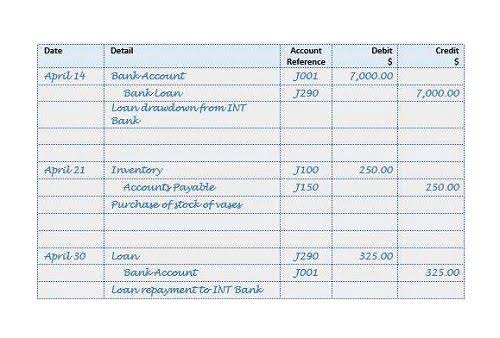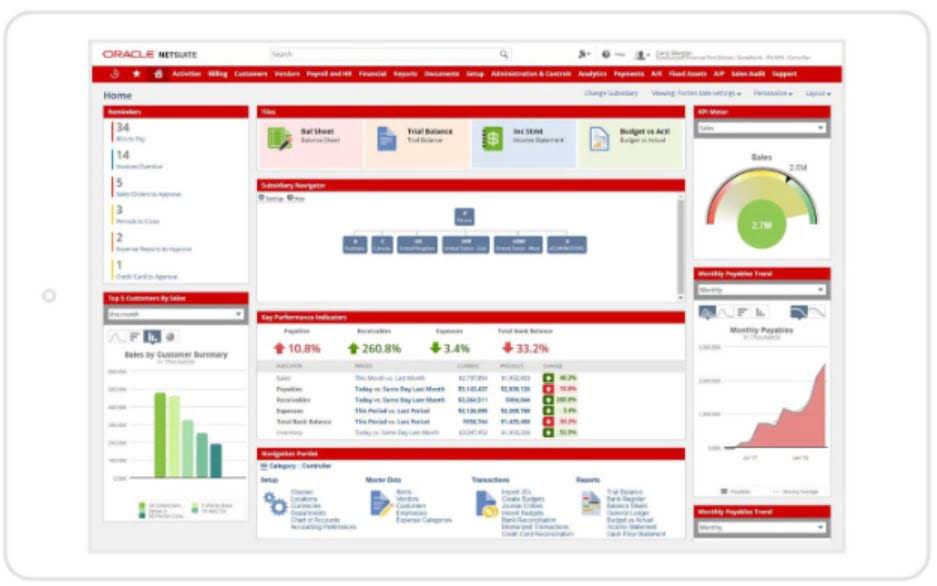Direct write off method definition

The sale occurred December 1st 2015 and has payment due in 60days, so at year QuickBooks end December 31st 2015 the account is not yet due. A customers account has a debit balance from a finance charge done in error. It was done in a prior year.How do you amend this debt without raising a credit note as there is nothing to offset credit note.
Cash Conversion Cycle: Formula + Examples

Part of the cost of allowing customers to borrow money, which is essentially what a customer is doing when the business allows the customer time to pay, is the expense related to uncollectible receivables. Under the direct write-off method, bad debt expense serves as a direct loss from uncollectibles, which ultimately goes against revenues, lowering your net income. The amount of bad debt expense can be estimated using the accounts receivable aging method or the percentage sales method. Financial analysts, on the other hand, often criticize the direct write-off method for its potential to misrepresent a company’s financial health. By not accruing for expected losses, a company can inflate its profits in the short term, only to take a significant hit when the bad debts are eventually written off. This can lead to erratic earnings reports, which are less useful for analysis and can mislead investors.
3: Direct Write-Off and Allowance Methods
It represents the amount that is required to be in the allowance of doubtful accounts. However, if there is already a credit balance existing in the allowance of doubtful accounts, then we only need to adjust it. The two methods of recording bad debt are 1) direct write-off method and 2) allowance method. It is a matter of judgment, relating only to the conclusion that the choice among alternatives really has very little bearing on the reported outcomes. The direct write-off method does not comply with the generally accepted accounting principles (GAAP), according to the Houston Chronicle. The company uses the direct write-off method to account for uncollectible accounts.
Percentage of Receivables Method

Accounting expediency sometimes permits “incorrect approaches” when the effect is not material. Under the allowance method, a company needs to review their accounts receivable (unpaid invoices) and estimate what amount they won’t be able to collect. This estimated amount is then debited from the account Bad Debts Expense and credited to a contra account called Allowance for Doubtful Accounts, according to the Houston Chronicle. No matter which method is used, companies need to review and update their estimates of bad debts regularly to make sure they accurately reflect changes in the company’s finances and the economy. The allowance and provision methods are more accurate than the direct write-off method when it comes to showing how a company is doing financially. The choice between these two methods depends on the company’s accounting policies, financial statements, and other factors specific Bookkeeping for Consultants to the company.
- For instance, some companies might like the allowance method because it clarifies how much they think they will lose because of bad debts.
- Financial analysts, on the other hand, often criticize the direct write-off method for its potential to misrepresent a company’s financial health.
- It’s not revenue because the company has not done any work or sold anything.
- Under the allowance method, an estimate of the future amount of bad debt is charged to a reserve account as soon as a sale is made.
- If the company underestimates the amount of bad debt, the allowance can have a debit balance.
- If the customer’s balance is written off as uncollectible, there is nothing to apply the payment against.
- Conversely, in periods without write-offs, profitability may appear overstated.
When doing the calculations, it is important to understand what the resulting number actually represents. Because one method relates to the income statement (sales) and the other relates to the balance sheet (accounts receivable), the calculated amount is related to the same statement. When using the percentage of sales method, the resulting amount is the amount of bad debt that should be recorded. When using the percentage of accounts receivable method, the amount calculated is the new balance in allowance for doubtful accounts. One of her customers purchased products worth $ 1,500 a year ago, and Natalie still hasn’t been able to collect the payment.
THE DIRECT WRITE OFF METHOD
The calculation here is a few more steps but uses the same methodology used in all the other methods. Once you know how much from each time period, add them to get the total allowance balance. The aging method is a modified percentage of receivables method that looks at the age of the receivables.

If the company had a stringent credit policy in place, it could have avoided this scenario. Investors and creditors may also view the direct write-off method with skepticism. Since it can lead to erratic expense recognition, it makes it harder to predict future cash flows and assess the risk of non-payment.
- The allowance method provides in advance for uncollectible accounts think of as setting aside money in a reserve account.
- We must create a holding account to hold the allowance so that when a customer is deemed uncollectible, we can use up part of that allowance to reduce accounts receivable.
- The direct write-off method aims to give businesses a way to recognize losses from accounts that can’t be collected promptly and accurately.
- When it comes to large material amounts, the allowance method is preferred compared to the direct write-off method.
- As mentioned earlier in our article, the amount of receivables that is uncollectible is usually estimated.
- It was done in a prior year.How do you amend this debt without raising a credit note as there is nothing to offset credit note.

The allowance method provides in advance for uncollectible accounts think of as setting aside money in a reserve account. The allowance method represents the accrual basis of accounting and is the accepted method to record uncollectible accounts for financial accounting purposes. However, the direct write-off method can result in misstating the income between reporting periods if the bad debt journal entry occurred in a different period from the sales entry. For such a reason, it is only permitted when writing off immaterial amounts. The journal entry for the direct write-off method is a debit to bad debt expense and a credit to accounts receivable. From an accountant’s perspective, the direct write-off method may seem like a practical solution, direct write-off method especially for smaller businesses with minimal bad debts.
